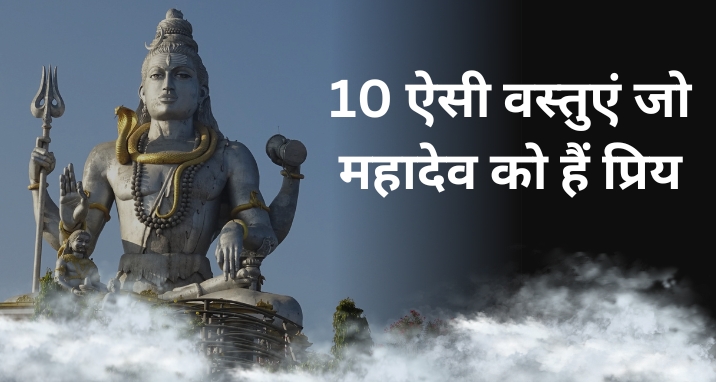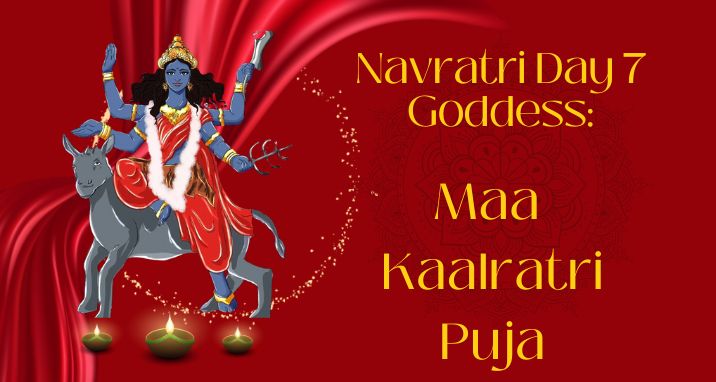Makar Sankranti: Significance, Tithi, Rituals and more

We all know about Makar Sankranti. On hearing about it, most of us start thinking of those colourful kites in the sky and about the bonfires and different types of preparations made of til (sesame), rice, jaggery, dry fruits, etc. However, in Hinduism, everything has a deeper meaning and significance behind it. And the same is true for Makar Sankranti as well. It has geographical, therapeutic, regional, and, most important of all, astrological significance.
Sankranti occurs when the Sun transits from one sign to another. Specifically, Makar Sankranti is celebrated annually when the Sun moves from Sagittarius (Dhanu Rashi) to Capricorn (Makar Rashi). This celebration is particularly significant as it marks the Sun’s shift towards the northern hemisphere, bringing longer and warmer days during Uttarayana. In India, Sankranti is celebrated every month when the Sun changes its zodiac sign, but Makar Sankranti holds special importance. Let us tell you about the timing of Makar Sankranti in 2024 and its significance.
Makar Sankranti 2024, Tithi and Date
-
Date of Makar Sankranti: January 15, 2024
-
Punya Kala: 07:15 AM to 06:21 PM
-
Maha Punya Kala: 07:15 AM to 09:06 AM
Significance of Makar Sankranti
On the auspicious day of Makar Sankranti, it is believed that Surya Dev visits his son, Shani Dev who is considered the ruling god of the Capricorn sun sign. Despite their conflicting relationship, on Makar Sankranti, past bitterness is forgotten, and new beginnings are embraced.
There are different types of Sankranti, with Makar Sankranti and Karka Sankranti being major ones. Makar Sankranti signifies the start of an auspicious phase in the year.
The festival is dedicated to the Sun God, symbolising divinity, wisdom, and life’s positive aspects. Sun’s blessings can help overcome obstacles, propelling you forward in your career.
Makar Sankranti holds significant importance for farmers who celebrate it for a distinct reason. On this day, farmers harvest the first batch of food grain and offer prayers to God for a prosperous harvest throughout the year. Additionally, they worship their cattle, tools, and grains, seeking health and wealth for the rest of the year. This festival marks the beginning of the Rabi crop and the agricultural cycle for much of India.
According to the Bhagavad Gita, Lord Krishna manifests in full magnificence during this time. People light bonfires to symbolise the end of the old year and the light that the sun will bring in the coming months. Also, according to Mahabharata, Bhishma Pitamah attained moksha on this day during the Uttarayan of the Sun. He was given the boon of Ichhamrityu (choosing his own time and day of death) and he chose this day for its auspiciousness.
Astrological Significance of Makar Sankranti
Makar Sankranti holds significance astrologically as well. The Sun and Saturn are usually considered planets with a challenging relationship. However, on this day, the sun enters the house of Saturn (the Lord of Capricorn) and stays there for a month with his son. This phase symbolises the sun letting go of its anger towards Saturn, highlighting the importance of relationships.
Rituals to be Followed on Makar Sankranti
The rituals to be followed on Makar Sankranti are as follows:
-
As per traditional belief, people clean all the dirty clothes and linens used in winter; anything that is left is also cleaned before Makar Sankranti.
-
Thoroughly clean the house, especially the prayer area.
-
The person conducting the ‘pooja’ should take an early morning bath.
-
Apply a ’tilak’ made of rice flour and tie ‘roli’ on your hand.
-
Arrange ‘ghevar,’ ’til ladoos’ (both black and white), and other offerings on a plate.
-
Sprinkle rice on items intended for donation.
-
Worship the deity ‘Surya Dev’ by lighting a lamp and chanting the ‘Surya mantra’ 12 times: “Om Hram Hreem Hroum Sah Suryaya Namah.”
-
It is important to show love to the poor, the needy, and animals. We should honour the food we eat and extend generosity by giving gifts of money and clothes.
-
Additionally, use this day as an opportunity for personal rebirth, letting go of past issues, and fostering warmth and love for others. Embrace the divine light in your life.
In case you have any confusion regarding any ritual or want to know about the Surya Puja or any other puja vidhi, you can speak to expert astrologers and pundits at NamoAstro.
Makar Sankranti Vrat
On this day, a fast for Surya Dev is observed to alleviate troubles and break free from the cycle of rebirth. It is believed that Yashoda’s donation of betel (paan) on this day resulted in the birth of her son, Shri Krishna. It is believed that gods descend to earth on this day, and taking a bath in the Ganga is considered auspicious.
Makar Sankranti – The Kite Flying Festival
Makar Sankranti is incomplete without mentioning the vibrant tradition of kite flying. On this day, people gather on their rooftops early in the morning, engaging in friendly kite battles to cut each other’s threads (Manja). Kite festivals, both local and international, are hosted in many cities.
The celebrations differ across states and regions, featuring unique delicacies and diverse observance methods. Despite these variations, the shared spirit and enthusiasm among the people remained constant. This reflects the beauty and wonder of a festival dedicated to our beloved Sun God.
Makar Sankranti 2024 – Regional Celebrations
The Sun’s entry into Capricorn is celebrated across India in various regional ways. They are as follows:
Andhra Pradesh and Telangana
It is a four-day celebration, which includes:
-
Bhogi: Celebrated with bonfires and sweet preparations, children collect money and candies.
-
Sankranti: Lord Surya is offered Pongal, a sweet dish made from harvested rice and jaggery.
-
Kanuma: Dedicated to domestic animals, featuring decoration and competitive sports for cattle.
-
Mukkanuma: Involves home decoration, preparing rice dishes, and visiting each other’s homes.
Punjab
People of Punjab celebrate Makar Sankranti as Lohri and it is celebrated the day before Makar Sankranti by lighting a bonfire and dancing around it. It is also time for sweets made of til, jaggery and other harvested items.
Tamil Nadu
In Tamil Nadu, it is known as Pongal, marking the New Year. The day begins with Surya Pongal, where the newly harvested corn and rice are cooked for the first time.
West Bengal
In West Bengal, Makar Sankranti is also known as Paush Parbon. People prepare several types of sweets made of till and various preparations made of rice (known as peetha).
Assam
People celebrate this day as a harvest festival, known as Magh Bihu or Bhogali Bihu, in which young people erect bamboo huts (known as Meji and Bhelaghar) and people participate in Bihu dance. The festival also includes buffalo fighting and various preparations made of rice (known as peetha).
Bihar
This is harvest season for sesame seeds and rice, making dishes like Khichdi, Tilkut, and Tilwa. There is also a tradition of eating dahi chura after taking a bath and offering puja.
Gujarat
Celebrations in Gujarat involve flying kites and preparing delicacies like undhiyon, along with making sweets.
Haryana
Features a holy dip in rivers, cooking Kheer and ladoos, and the tradition of brothers gifting warm garments.
Frequently Asked Questions
Q: What is the geographical significance of Makar Sankranti 2024?
A: In geography, the equator serves as the dividing line between the southern and northern hemispheres of the Earth. Before Makar Sankranti, the sun is located in the southern hemisphere, specifically along the Tropic of Capricorn. However, after this festival, the sun begins its journey towards the northern hemisphere, entering the northern solstice.
Q: What is the medicinal significance of Makar Sankranti 2024?
A: On Makar Sankranti, people eat and donate items made of sesame seeds (til) and jaggery. According to Ayurveda, consuming til on this day helps prevent arthritis disorders. It is believed that not having til and jaggery on this day may lead to coughing in the spring season and a faster onset of arthritis during the rainy season. Those who cannot afford these items receive them as donations, allowing them to take part in the tradition.









